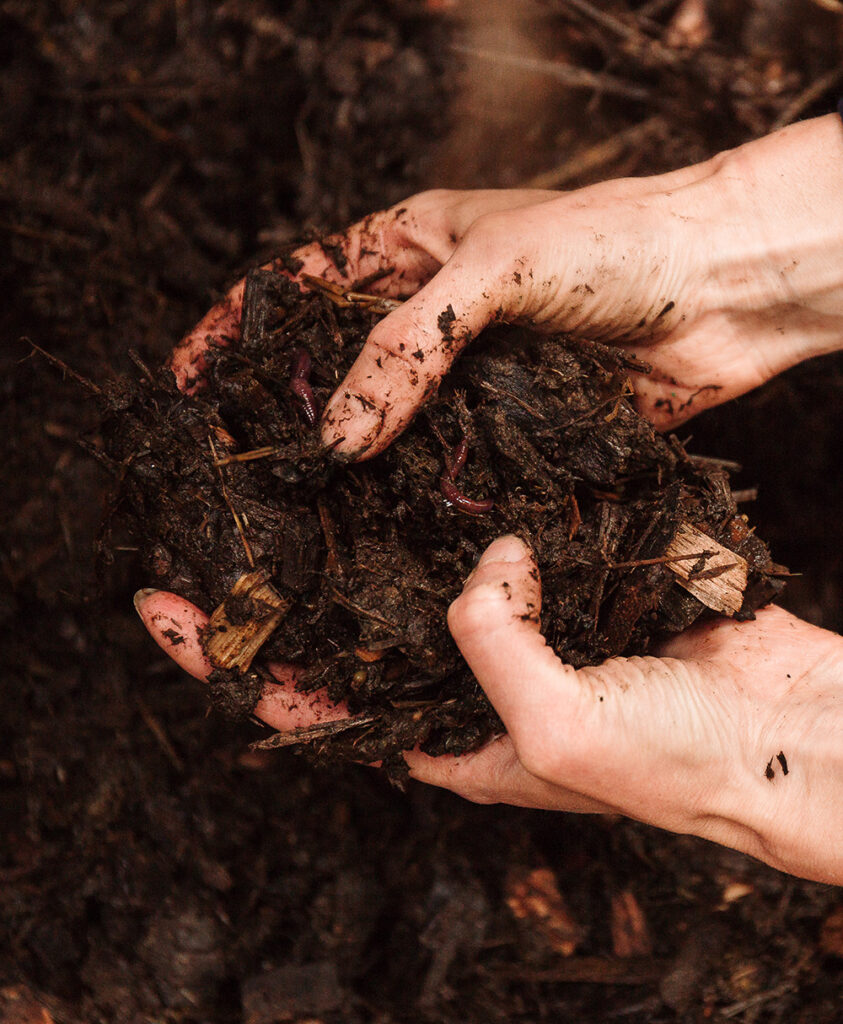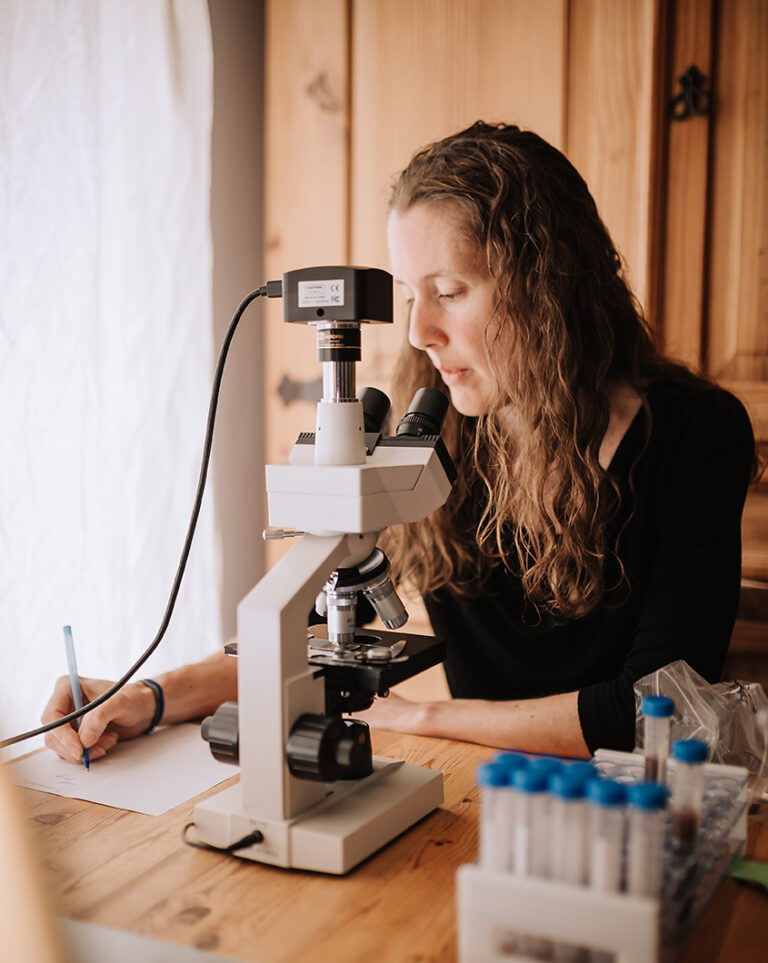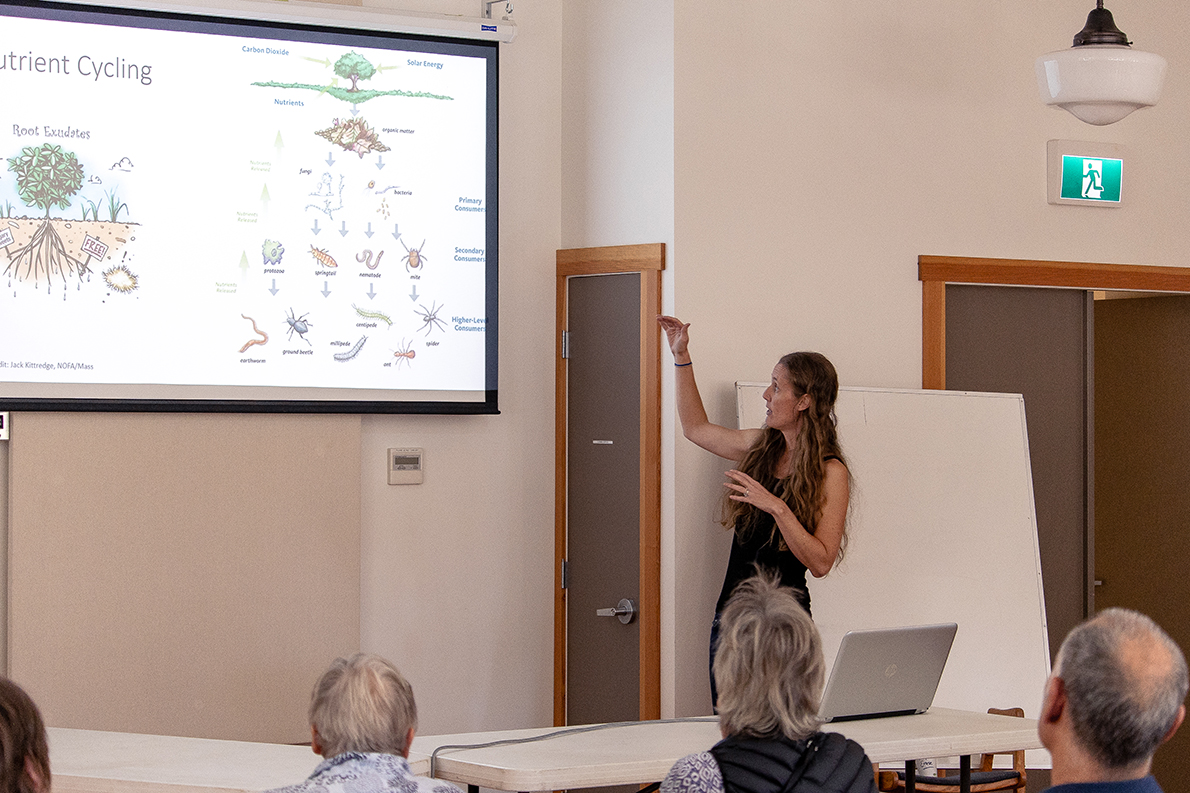
WHAT WE DO
RESTORE
Once you know “who” is home in your soil, we can help to re-inoculate any missing groups of organisms that are beneficial to plant growth. Using microscopically verified craft composts, compost extracts and compost teas, we can regenerate below-ground diversity and restore the soil microbiome by nurturing microbiology that is indigenous to your bioregion.


